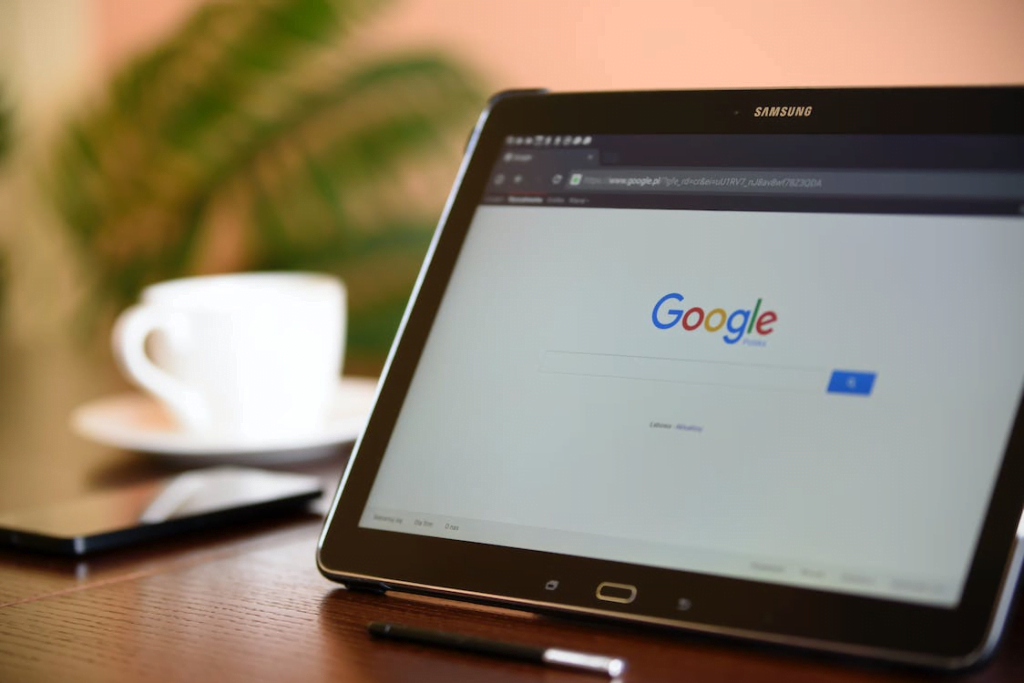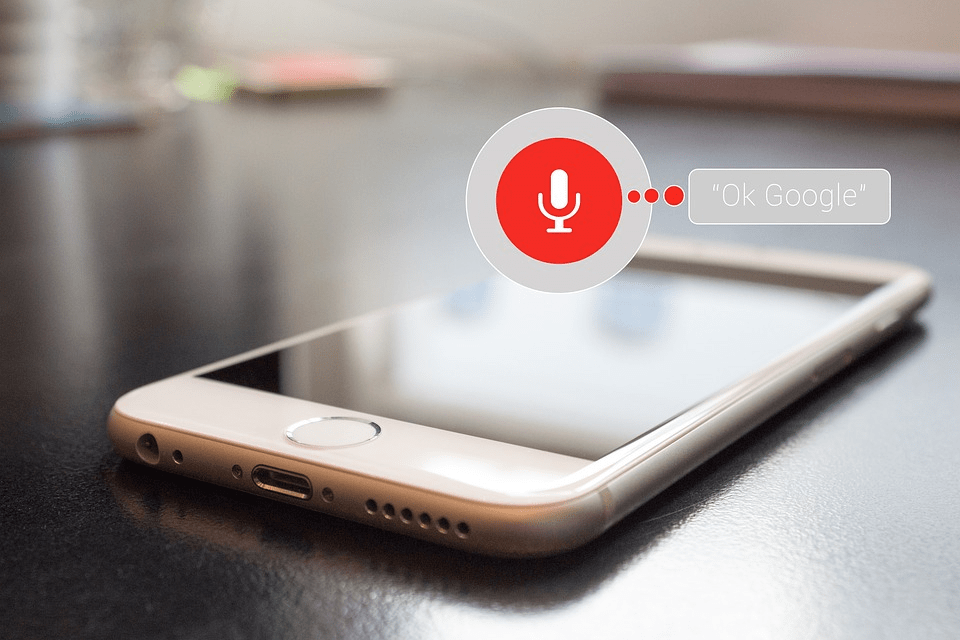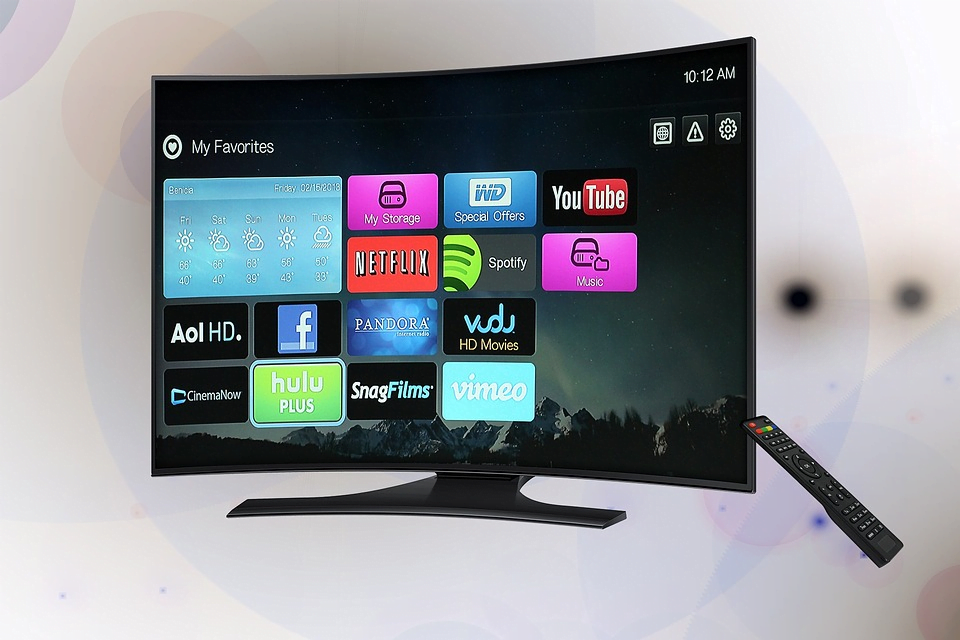More than 78% of users around the globe use Google to search queries, according to the market share data shared by Statista. If a person feels hungry on vacation, one might think they would go to Google Maps and search for the “best local restaurants near me” – a query that doubled in the search volume of the search engines in the past few years.
While that’s the most common search journey to satisfying hunger, about 40% of Americans between the ages of 16 and 26 open Instagram or TikTok when searching for a good local place for food, claims Google’s internal research data.
Now imagine if the person was crunched for time or preferred ordering food in their room rather than stepping out to eat. From Uber Eats to DoorDash, many options are available for consumers looking to order food.
Search is among the most commonly monitored human behaviors in the digital arenas. Most platforms today consider search experience a feature that’s core to a seamless user experience.
For marketers, search is valuable because it’s an impression of the intent and needs of users. The data from searches is a key input for advertising and content strategies. But it also offers valuable insights into the mindsets of HVAs (High-Value Audiences).
In short, if a business in a particular area wants to attract an audience, it’s important to ensure the marketing strategy extends beyond Google and includes relevant platforms. For the marketing strategy to find success, the marketer must consider the contexts and intent behind each search.
The location during the search, psychographics, demographics of the searcher, and the goal of their search journey are some key aspects to consider when building a search marketing strategy. Agencies need to erode the historic distinctions between Bing, Google, and other traditional search domains and the broader digital platforms ecosystem.
Not sure how to reach the right target audience organically? Professionals at Rocket Driver, a leading white label marketing agency, are here to help your agency drive better results for all clients with better targetted digital marketing and SEO campaigns.
Types of Search Engines in the Modern Landscape

Conventional
Bing, Yahoo, and Google continue to make up over 93% of the global market share for desktop search engines. But in regions like South Korea, Russia, and China, Naver, Yandex, and Baidu have a wider market share. Therefore, search strategies must be tailored according to the search engines that attract the most share of searches within a primary region.
Apart from certain Wikipedia devotees, conventional search engines are still deemed the dominant platforms for those seeking information online. In 2021, Google announced the MUM — a Multitask Unified Model—that will aim to answer complex inquiries more efficiently, unlike previous search engines where multiple searches may be necessary to find answers. The multi-modal platform understands information across images and text. It is likely to expand to audio and video in the near future.
Traditional search engines are likely to continue being the most preferred platform for searches because of their ability to provide relevant and dynamic SERPs with multiple indexed content formats. Therefore, despite how new platforms are emerging, search marketers must also focus on traditional search engines.
Therefore, each search engine requires a tailored advertising and SEO strategy to help clients reach the target audiences and achieve desired results in relevant regions.
Sensory

Visual
The world is seeing a growing trend in using senses to conduct searches. Visual and voice are among the common forms of sensory searches beyond typed inputs. The human brain can identify even the images it sees for less than 15 milliseconds. Moreover, the average smartphone user types 35 words per minute into the search bars. This has prompted 63% of users across generations to demand visual search capabilities.
Amazon, Bing, Pinterest, and Google are among the leading search engines with visual capabilities. The lines between browsing and searching are blurring with the advent of AI, VR, AR, and other advanced technologies. Your clients can successfully use visual search to their advantage with image optimization, feed management, content uniqueness, and structured markups.
Voice
Similarly, people who speak English can talk at a rate of over a hundred words every minute. Although voice search isn’t as efficient as photo snapping, it’s still quicker and more useful than typing in most scenarios. Data shows Google processes millions of voice searches every day.
Digital assistants like Alexa and Siri are already prominent components of voice search queries. You can help your clients optimize content for voice search with certain best practices. These include behavior analysis of the searcher, ensuring visual and technical elements are properly optimized for devices without visual output, and creating engaging content that answers user queries directly.

Video
Over 7,00,000 hours of video content is uploaded on YouTube daily, making it the world’s second-most visited website and search engine. Research shows people spend nearly 33 minutes each day watching videos on the platform. Content creators and other clients can enhance their discovery across Google and YouTube by applying expert-approved SEO best practices.
Search plays a crucial role in the streaming of videos across Vimeo, Hulu, Amazon Prime, Netflix, and other major platforms. Some search engines also provide personalized results based on the active subscriptions of the searcher.
Search data can be analyzed from search engines like Reelgood and JustWatch, among others, to inform potential ad targeting and content partnerships across streaming platforms or keep a pulse in pop culture to enhance digital marketing outcomes.
Social Media
According to research, an average adult spends an hour and twenty minutes daily on social media. The platforms compete for attention by providing users with immersive sensory experiences.
Platforms like Pinterest are already processing over 550 million visual queries monthly. The leading visual search engine rolled out trends in 2020 to feature topics with higher search volumes over a designated look-back period. This boasted a whopping 83% success rate in its predictions from 2022 coming true.
While the figures are outdated, data shows over 3 billion daily queries processed by Facebook and 2 billion by Twitter in 2016. Not all the queries have meaningful commercial intent, and it’s challenging to come by search volume data across social platforms compared to other search engines that share trending or absolute volume estimates. But even the outdated trends and figures indicate the immense scale of search activity conducted using social media platforms.
Hashtags have improved organic discovery and relevance for the content of the posts as well as target search queries, especially when relevant keywords are added. Interest in TikTok, Facebook, and Instagram SEO has also grown significantly. Many social media platforms therefore incorporate more features into the discovery and search experience they provide to local and international audiences.

How Can Marketers Maximize the Value of Searches?
Your agency can help clients maximize value by analyzing the search behaviors across all search engines relevant to the HVAs development and mapping their respective journeys on each platform. It’s a great way to generate insights that help understand the target audiences better while informing various other important initiatives.
If your agency wants to provide clients with the best marketing outcomes, check out white label marketing solutions by Rocket Driver. We’re a white label SEO reseller agency that offers a broad range of digital marketing solutions. These include white label content marketing, SMS marketing, reputation management, social media, SEO, and web design services.
Call now at 212-548-4433 to help your clients excel in this highly competitive digital era. You can also read our reviews to learn how we’ve helped agencies in the past to make a real difference in the bottom lines of their client’s businesses. Book a demo with Tom Lombardi to get the white-label partnership started.


